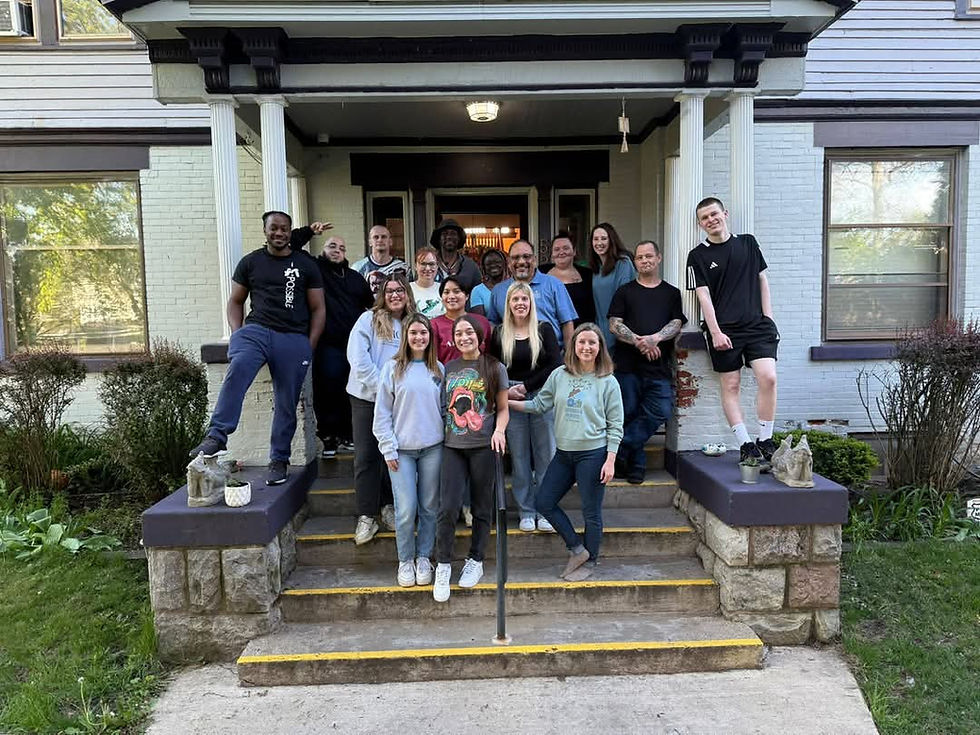The Three Circles: A Tool for Clarity and Healing
- ahuxhold
- Jul 4
- 2 min read
Updated: Jul 4
by Executive Director Andee Huxhold
As the Executive Director of Dismas House, my primary job is to amplify the voices of those with lived experience — those who have faced incarceration, those in recovery, and those rebuilding their lives. That’s why I rarely share my personal story.
I am not in recovery from substance use disorder, and I haven’t experienced incarceration. But I do carry lived experience as a loved one. I have seen addiction up close.
Over the years, I’ve spent countless hours in 12-step meetings — learning how to love someone struggling with addiction, and how to stay healthy and whole myself. There were seasons when I entered a deep depression and found myself spiraling into uncontrolled anxiety and despair. I felt stuck in a cycle of fear and heartbreak, unsure how to keep moving forward without losing myself completely.
During those dark times, the three circles exercise became a lifeline.

The exercise is simple: you draw three circles, like a target. In the innermost circle, you write your bottom-line behaviors — the actions that will cause the most harm or take you to a place you don’t want to go. In the middle circle, you list the warning signs and slippery behaviors — the small choices and patterns that quietly pull you closer to that inner circle. And in the outer circle, you name the healthy, life-giving behaviors — the things that keep you grounded, connected, and strong.
For me, this practice wasn’t just about avoiding crisis; it was about reclaiming my own mental and emotional health. It helped me focus on what I could control and reminded me that I deserved care and clarity, too. It kept me from spiraling when everything around me felt unsteady.
The three circles exercise is a powerful tool for anyone — whether you’re in recovery from substance use disorder or other destructive behaviors, or you’re a loved one learning how to navigate that space and establish healthy boundaries.
If this speaks to you, I invite you to try it. Draw your circles. Be honest with yourself. And remember: you are not alone.



Comments